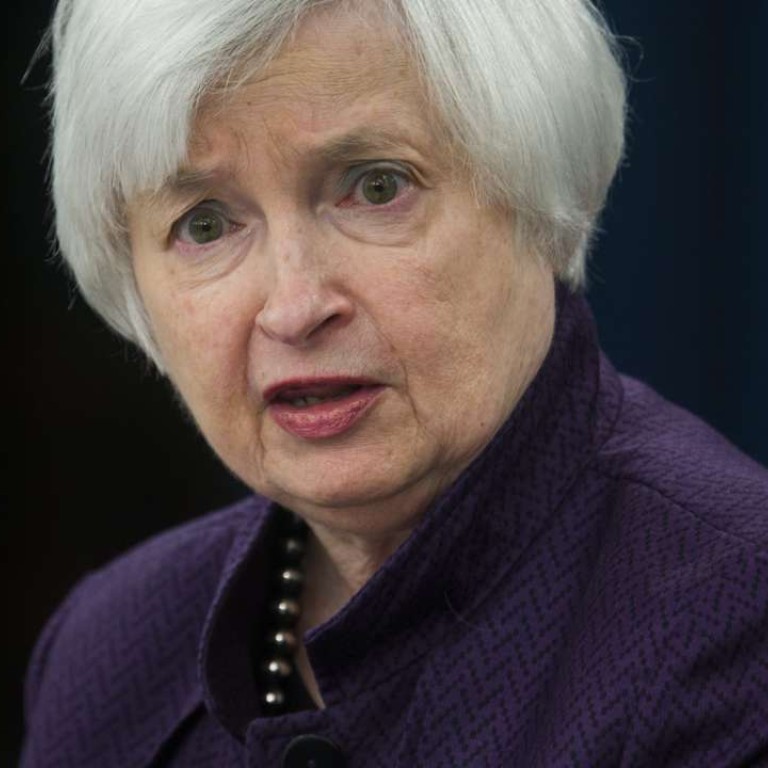
There’s a good reason to bail out of markets before November
The US presidential election, scheduled for November 8th, is a potential ‘trip wire’ for a global stock market collapse and a damaging rise in US bond yields
You could be forgiven for being confused about the global economic policy outlook right now. For all the great faith put in world policymakers for salvaging good situations out of bad, we seem to be no further away from global financial catastrophe than we were at the outbreak of the 2008 crash. A lot of toxic risk seems to have been swept under the carpet since then, but the global economy still seems fraught with dangers.
Rampant financial markets pumped up by over-indulgent money creation, detached from underlying economic reality and with central banks running out of standard and unconventional weapons to battle future headwinds are adding to the pile of problems. Welcome to the crazy world of the central banks’ Mad Money.
The worry for investors is that it is all going to end in tears
The worry for investors is that it is all going to end in tears. While the good times roll, investment stoics can ill afford to miss out on the financial bonanza, so the real test will be deciding when the party ends and the hangover begins. It could be sooner than the markets think. Get-out-quick gambits could be the key to success for fleet-of-foot investors ahead.
If global equity and bond markets are overextended, the central banks must carry the can. Central bank actions have whipped up a frenzy for asset buying and investors are simply tucking in. They engineered an explosion of money and credit through quantitative easing and other means. They bloated their balance sheet assets, hoovered up vast pools of government and private sector debt and collapsed interest rates to rock-bottom levels. The market’s “irrational exuberance” is simply a dangerous by-product of the central banks’ over-indulgence.

It has been a random free-for-all by the central banks desperate to salvage global recovery with no expense spared. There have been strong suggestions of bad judgement and acute desperation along the way and events over the last week are hardly encouraging hopes of better times ahead either. The US Federal Reserve and the Bank of Japan both still seem to be over-egging monetary policy to no good end.

Even though the US economy is a clear case for higher interest rates, it is obvious the Fed is keen to avoid rocking the boat, preferring to keep financial market stability buoyed up for the time being. Whether it is justified by weak world growth considerations, on domestic grounds alone, US monetary policy is still extremely over-accommodative and needs reining in to avoid future overheating and inflation risks.
Meanwhile, Japan’s twin thrusts of domestic stimulus, Abenomics and Kurodanomics, have failed miserably to crank up faster recovery and policymakers are now turning to even more desperate measures to turn the tide. With plans announced last week to target interest rates on Japanese government bonds, the BOJ hopes to have a better chance of hitting its elusive 2 per cent inflation goal.
It is grasping at straws. After years of massive money-printing, the BOJ’s quantitative easing programme has unequivocally failed to jolt the economy out of decades-long stagnation. Japan is sliding down a very slippery slope, one which will be very difficult to back out of in the future.
With central bankers running out of rope and turning to more esoteric and desperate measures to combat weak growth and deflation risks, it is moving the global economy into the realm of unconventional systemic risks. It is fine while markets believe the monetary charade, but as soon as confidence runs out the global rally in risk assets could be in very deep trouble.
The US Federal Reserve and the Bank of Japan both still seem to be over-egging monetary policy to no good end
What the markets must look for now are potential trip wires. One critical factor could be November’s US Presidential election and what impact it might have on the Fed’s monetary policy down the road. The spectre of a new administration less supportive of the Fed’s easy money stance could be the tipping point to a global stock market collapse and a damaging rise in US bond yields ahead.
The Republican Party’s antipathy to the Fed’s past monetary policy operations could be a very sore point. Any hint of political pressure on the Fed to wind down its past quantitative easing operations, especially its US$4.5 trillion asset purchase stockpile could send shock waves around the world.
While there are tentative signs that global investors are beginning to rein in some of the excessive exuberance, the danger is the situation has already gone too far and beyond repair.
When investors wake up to the monetary madness, the consequences for markets could be catastrophic.
David Brown is chief executive of New View Economics

